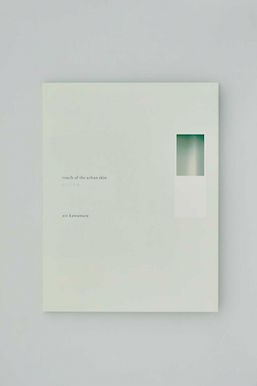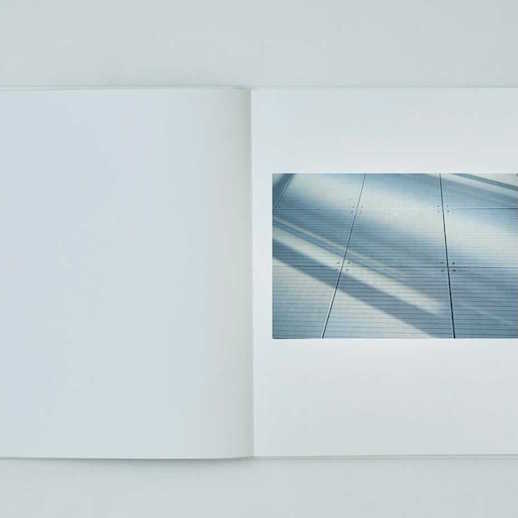Eri Kawamura: Touch of the Urban Skin
By Paul McInnes
We often go about our daily lives not noticing the intricacies and minutiae that make up the fabric of life around us. We walk blindly through the streets, often missing the details, textures and textiles that inhabit our surroundings. Our lens is usually fixed on the larger scale, the sights and sounds that encompass us. Portuguese Nobel Laureate Jose Saramago writes, “Why did we become blind, I don’t know, perhaps one day we’ll find out, Do you want me to tell you what I think, Yes, do, I don’t think we did go blind, I think we are blind, Blind but seeing, Blind people who can see, but do not see.” Perhaps, then, emerging Japanese photographer Eri Kawamura is a rarity, a human that actually sees the world around her. A fierce documenter of things, patterns and textures that most are unaware of and unenlightened.

In her first solo show, “Touch of the Urban Skin” at Poubelle gallery in Nishiogikubo, Kawamura displays a delicate and curious outlook on life by often focusing on the unnoticed and the “urban skin” of objects we see every day. Patterns and rough textures found on walls, condensation on a fish market window, slight and vulnerable folds in curtains are reminiscent of Scottish painter Alison Watt’s series of work on drapery. Kawamura is an expert on the close up, with the lens on the minute, the diminutive.
The exhibition, which runs until December 21, displays 10 photographs but is accompanied by a book, published by Pinhole Books, which shows 40 engrossing and beautiful images which expand and gel and bind the project together. Kawamura has had her work shown at JR Ueno Station as well as in a zine distributed by JR East. The energetic photographer spoke to Tokyo Art Beat in a recent interview. “I learned the vocabulary of photography from my time with Yasuhide Kuge. I learned a lot about being in a closer position from him.” “Touch of the Urban Skin” is an exercise in closeness with Kawamura shooting all the images from this project last year in and around Shibuya. The self-taught photographer speaks softly about “loving textures and close ups of life” and of her admiration for fellow Japanese photographer Yoshiko Seino and her seminal book “The Sign of Life.”
The detail and muted tones of Seino is apparent in Kawamura’s work and the photography shown at Poubelle marks Kawamura as one of Tokyo’s most interesting and skillful photographers of her generation. Kawamura, who calls Setagaya home nowadays, is invested in “simple photography and presentation where viewers can take from it what they will.”
One aspect of her work is the slightly comic play on pareidolia. The viewer can make out faces and objects within most of these images, perhaps each viewer investing and projecting their own images onto the photograph. It’s a subtle and curious addition to Kawamura’s work, which is essential in an age where details, touch, texture and smell are lost and, ostensibly, superfluous to most of us.

On Instagram:
Eri Kawamura
@erikawamura_
Poubelle
@poubelle0702
Pinhole Books
@pppinholebooks


